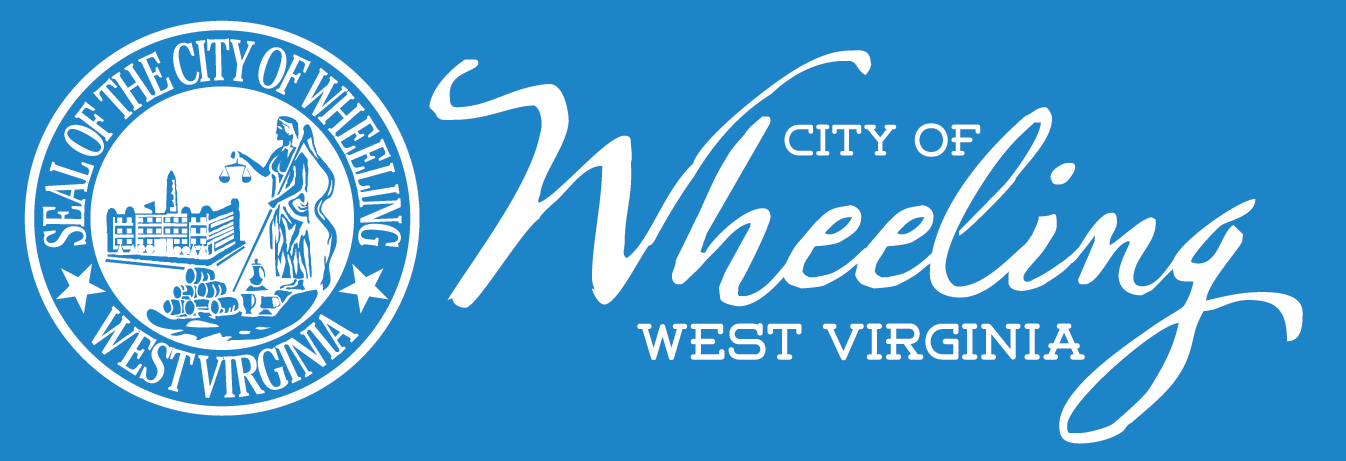Benefit to low and moderate income persons is the most often used objective for the expenditure of CDBG funds, and the primary objective of the CDBG Program. A low and moderate income person is an individual, or a household, whose gross annual income is at 80 percent or less of the median income for any given community.
HUD issues income guidelines, for communities across the U.S. The City of Wheeling’s current income limits are:
1 Person Household.............$27,000
2 Person Household.............$30,850
3 Person Household.............$34,700
4 Person Household.............$38,550
5 Person Household.............$41,650
6 Person Household.............$44,700
7 Person Household.............$47,800
8 Person Household.............$50,900
In addition, based upon population and income figures supplied every ten years by the U.S. Census Bureau, HUD determines which areas of Wheeling are low and moderate income areas. Such an area is one in which 51 percent or more of the residents are low and moderate income. Currently the City’s low-mod neighborhoods areas follow:
1. North Wheeling
2. East Wheeling
3. Most of Center-South Wheeling
4. Most of Wheeling Island
5. Specific sections of Elm Grove.
Projects benefiting low and moderate income persons may also occur under one of the following categories:
(1) Low-Mod Benefit on an Area-Wide Basis
Projects within this category are located within one of the low and moderate income neighborhoods mentioned above (again where 51 percent or more of the residents are low and moderate income). Examples of such projects include, but are not limited to: street resurfacing; water and sewer line improvements; curb and sidewalk reconstruction; and improvements to recreational facilities.
(2) Low-Mod Income Limited Clientele
CDBG funds may be used to fund a project in which HUD presumes the clientele (those who would benefit from the CDBG assistance) are principally low and moderate income persons. HUD’s presumed categories are:
- Abused children;
- Elderly persons;
- Battered spouses;
- Homeless persons;
- Adults meeting the definition of severely disabled persons;
- Illiterate adults;
- Persons living with AIDS; and
- Migrant farm workers.
In addition, CDBG funds may be used to assist a project whose clientele provide information on family size and income to show that 51 percent or more of the clientele come from families whose income does not exceed the income limit.
Moreover, it is an eligible CDBG expense to remove material or architectural barriers to aid the mobility or accessibility of elderly persons and disabled persons. This is in keeping with the Americans with Disabilities Act (ADA). Examples of such a project could be the construction of curb cuts; making a restroom handicapped accessible; and the construction of ramps for the ingress and egress of wheelchair bound persons.
Under the category of Low/Mod Income Benefit, Wheeling City Council has provided CDBG funds to various public service organizations whose clientele fit the previously mentioned criteria. For example, the City has awarded public service grants to Family Services of the Upper Ohio Valley (who serve the elderly); the Seeing Hand organization (who serve those without sight); and the Soup Kitchen (who provide meals to the needy).
(3) Job Creation
The third way CDBG funds can be used is if the project creates (or retains) jobs for low and moderate income persons. The City administers the Economic Development Revolving Loan Fund under the category of job creation. Low interest loans are made available to for-profit businesses in exchange for jobs created for low and moderate income individuals.
Economic Development Revolving Loan Fund (EDRLF) Program

